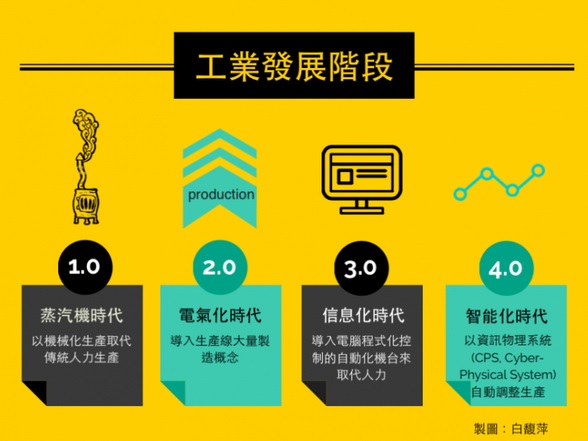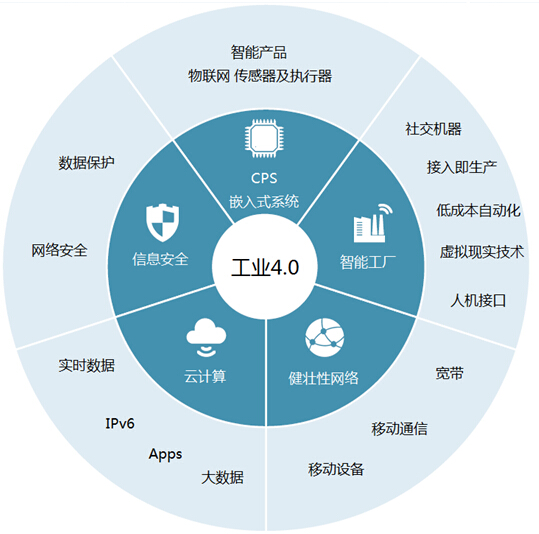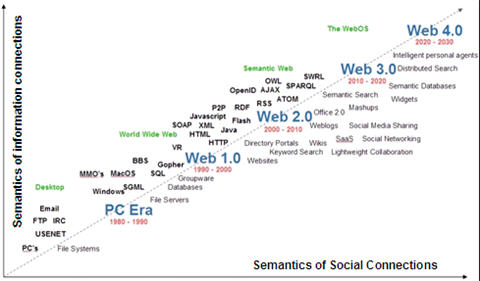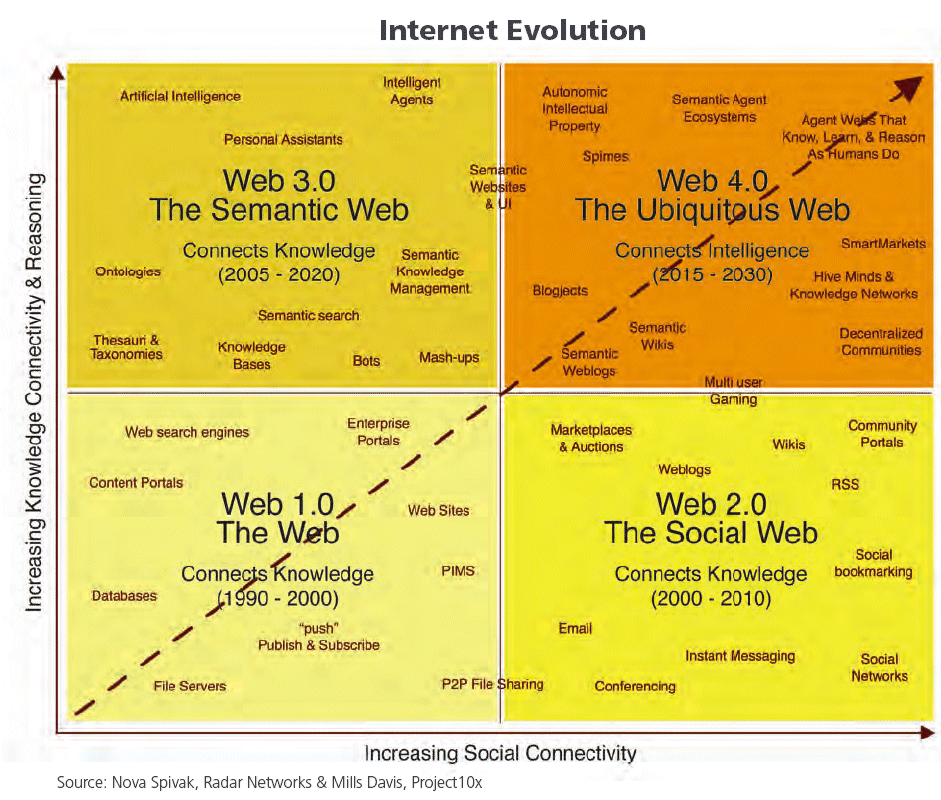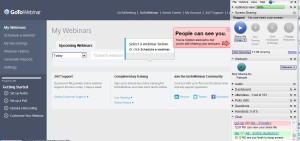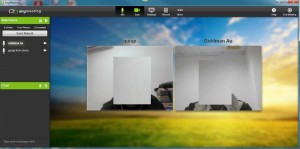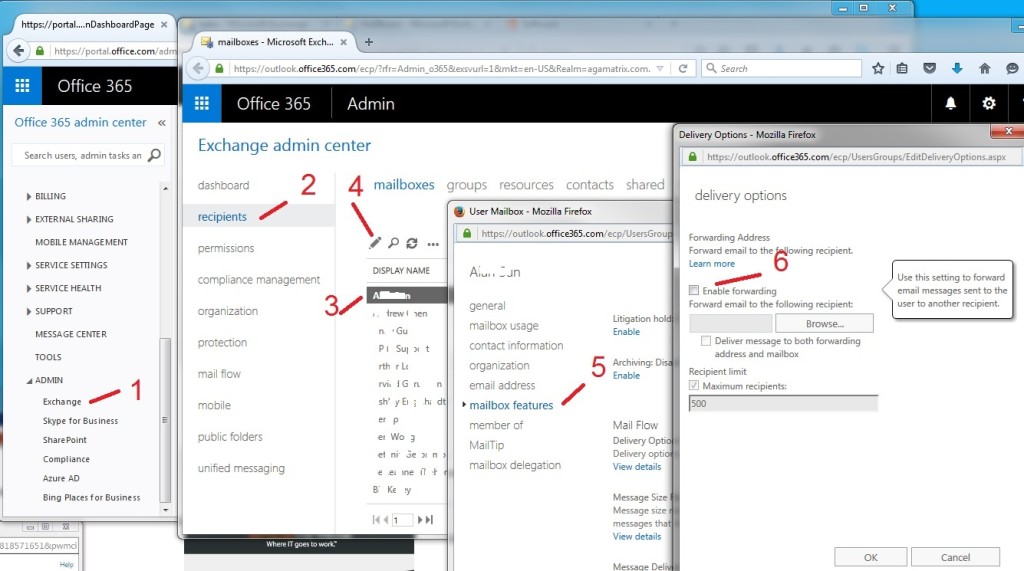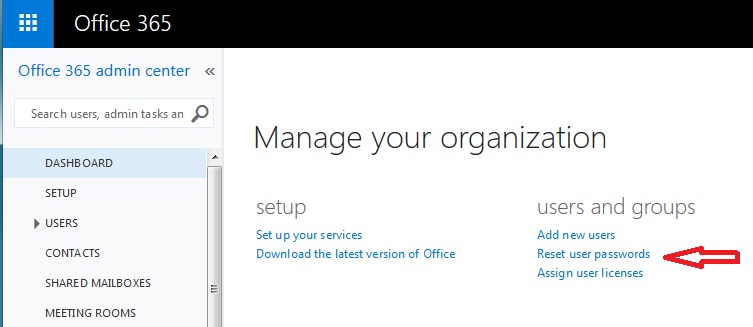| CAD |
see Computer-Aided Design |
| CAD Framework Initiative |
CAD Framework Initiative – a standard to facilitate integration of electronic design automation (EDA) tools This allows an organization to select “best of class” tools without worrying about integration issues. The CFI standards cover Design Representation Programming Interface, the Intertool Communication Programming Interface, the Tools Encapsulation Specification, the Computing Environment Services. |
| CAE |
see Computer-Aided Engineering |
| CAGR |
Compound Annual Growth Rate |
| CAI |
Computer-Aided Inspection |
| CAIT |
Computer-Aided Inspection and Test |
| CAIV |
see Cost as an Independent Variable (DoD initiative) |
| CAM |
1. see Computer-Aided Manufacturing
2. Cost Account Manager |
| Capability |
Capability is a measure of the ability of a system to perform within its specification limits. It uses a series of indices: Cp, Cpk, Cr, and Cpm. |
| Capability Maturity Model |
Capability Maturity Model (CMM) is a model of five levels of process maturity developed by the Software Engineering Institute (SEI) a Carnegie-Mellon University for software development processes. These five levels starting at level one are: ad-hoc, repeatable, defined, managed and optimized. See Product Development Capability Maturity Model for our adaptation of the CMM to product development. |
| CAPP |
see Computer-Aided Process Planning |
| CASE |
1. see Computer-Aided Software Engineering
2. Computer-Aided Systems Engineering |
| CAT |
Computer-Aided Test |
| CCA |
Circuit Card Assembly |
| Cell |
1. An individual component of a technology library. Typically a logic gate (for example, a 2-input NAND gate).
2. Manufacturing cell is a grouping of equipment to perform the required processing for a part of assembly. |
| Commercialization |
Commercialization is the process to taking a new product from development to full volume sales. It includes steps such as testing and market validation, production launch and ramp-up, development of marketing programs and materials, supply chain development, sales channel development, training development, training, and service and support development. |
| CCB |
1. Change Control Board
2. Configuration Control Board |
| CCD |
Configuration Control Drawing |
| CCM |
see Critical Chain Method |
| CCPM |
Critical Chain Project Management. see Critical Chain Method |
| CDR |
Critical Design Review |
| CDRL |
Contract Data Requirements List |
| CE |
1. see Concurrent Engineering
2. Chief Engineer
3. Concept Exploration
4. Concept Engineering |
| CER |
Cost Estimating Relationship |
| Certification |
1. A process, which may be incremental, by which a contractor provides evidence to the acquirer that a product meets contractual or otherwise specified requirements.
2. The approval by a regulatory or standards body that a product meets the applicable requirements or standards. |
| CFD |
see Computational Fluid Dynamics |
| CFI |
see CAD Framework Initiative |
| CFT |
see Cross-Functional Team |
| Change Management |
Change Management is a systematic approach to dealing with change, both from the perspective of an organization and on the individual level. Change management has at least three different aspects including: adapting to change, controlling change, and effecting change. A proactive approach to dealing with change is at the core of all three aspects. For an organization, change management means defining and implementing procedures and/or technologies to deal with changes in the business environment and to profit from changing opportunities. |
| Charter |
Charter is a written commitment approved by management stating the scope of authority for a development project or integrated product team. |
| Check-In |
The process of placing or returning a new or modified product information under control within a PDM/PIM system. If a revision is being created, this procedure usually initiates a review/approval process under control of the PDM/PIM system. |
| Check-Out |
The process of accessing managed product definition information under controlled procedures. Access may be for viewing, reference, for use in another application or task, or for making a change to the information. The PDM/PIM system prevents multiple, simultaneous change activities to ensure product information integrity. |
| Chip-on-Board |
Chip-on-Board is a component packaging technology in which bare integrated circuits are attached directly to the substrate and interconnected by means of microscopic wires. |
| CI |
1. Continuous Improvement
2. see Configuration Item |
| CIM |
Computer-Integrated Manufacturing |
| CIME |
Computer-Integrated Manufacturing and Engineering |
| CITIS |
Contractor Integrated Technical Information Services (CALS initiative) |
| Classification |
Classification is the assignment of attributes and other defining meta-data to managed objects and information within a PDM system. This meta-data are then used for finding data with similar characteristics. |
| Clinical Trial |
Clinical Trial is testing a system in a clinical setting; that is, in a hospital, clinic, doctor’s office, etc. User testing and feature testing in such an environment has special limitations, especially because of the potential for unexpected effects on patient care. User testing in clinical settings will often require review by an ethics committee to ensure that patient privacy is not compromised and that no harm will come to patients as a result of testing. As with drug testing, it may not be appropriate to remove a feature from a system for the sake of testing if it appears that the feature is directly benefiting patient care. |
| Cloud of Points |
A set of x-y-z coordinates obtained from a 3D scanner or digitizer. The data can be interpreted as a continuous surface and used in a 3D model. This is often used for reverse engineering. |
| CM |
see Configuration Management |
| CMM |
1. see Coordinate Measuring Machine
2. see Capability Maturity Model |
| CNC |
Computer Numerical Control |
| CND |
Cannot Duplicate (failures). Also known as “No Trouble Found” (NTF) |
| COB |
see Chip-on-Board |
| Cognitive Modeling |
Cognitive Modeling produces a computational model for how people perform tasks and solve problems, based on psychological principles. These models may be outlines of tasks written on paper or computer programs which enable us to predict the time it takes for people to perform tasks, the kinds of errors they make, the decisions they make, or what buttons and menu items they choose. Such models can be used to determine ways of improving the user interface so that a person’s task has fewer errors or takes less time and to build into the user interface to make software that reacts more effectively to help people use the system by anticipating their behavior. |
| Cognitive Walkthroughs |
Cognitive walkthroughs involve the development of task scenarios from a product specification. Experts then role-play the part of a user working through a set of tasks. Each step of the user’s process is evaluated for adherence to established usability principles. |
| Collaboration |
1. Working together, cooperating
2. A process of maximizing both cooperative and assertive behavior to satisfy two parties in conflict with one another. |
| Collaborative Product Commerce |
The Aberdeen Group defines Collaborative Product Commerce (CPC) as “…a class of software and services that uses Internet technologies to permit individuals – no matter what role they have in the commercialization of a product, no matter what computer-based tools they use, no matter where they are located geographically or within the supply net – to collaboratively develop, build, and manage products throughout the entire lifecycle. Using a standard browser, an authorized CPC user can review information from an extended-enterprise information system ‘view’ that operates across a dispersed set of heterogeneous product development resources. These resources typically reside in multiple information repositories and are derived from independently implemented and maintained systems.” |
| Collocation |
The practice of physically locating multi-function integrated product team members in proximity to one another to enhance communication, coordination and decision-making on a development project. Virtual collocation refers to the use of technology to achieve some of the communication benefits for team members that are geographically dispersed. |
| Common Cause |
Common Cause is a variation that is inherent in the process and cannot be readily identified and controlled. |
| Competitive Intelligence |
Methods and activities for transforming disaggregated public competitor information into relevant and strategic knowledge about competitors’ position, size, efforts and trends. The term refers to the broad practice of collecting, analyzing, and communicating the best available information on competitive trends occurring outside one’s own company. |
| Component Engineering |
The application of engineering know-how to the processes of component selection, application, process compatibility and procurement, including analysis of new trends in electronic devices. |
| Component Supplier Management |
Component Supplier Management (CSM) is a class of software applications that maintain information about standard components, both purchased and made, to support various functional disciplines such as design, procurement, materials, configuration management, and manufacturing. This system serves as a central repository for component and supplier information to maximize standardization, design retrieval and re-use, and procurement efficiency. CSM systems contain four major elements, part classification and retrieval, component libraries, Web component cataloging, and component/supplier process management. |
| Computational Fluid Dynamics |
Computational Fluid Dynamics is the numerical analysis of fluid and gas flow, heat transfer, and related phenomena. CFD solvers contain a complex set of algorithms used for modeling and simulating the flow of fluids, gases, heat, and electric currents. |
| Computer-Aided Design |
Computer-Aided Design (CAD) is the use of a computer to assist in the creation and modification of a design, most commonly, designs with a heavy engineering content. |
| Computer-Aided Engineering |
Computer-Aided Engineering (CAE) is the use of computers in design, analysis, and manufacturing of a product, process, or project. Sometimes refers more narrowly to the use of computers only in the analysis stage. |
| Computer-Aided Manufacturing |
Computer-Aided Manufacturing (CAM) is the use of the computer description of the part or assembly to drive planning, cutting, forming, assembly and inspection of the item via computerized applications. |
| Computer-Aided Process Planning |
Computer-Aided Process Planning uses part data and process rules to generate process plans or work instructions. Variant CAPP is based on group technology classification of parts and part features to search for a predetermined similar process plan that most closely matches the classification. Generative CAPP uses part and feature classification along with rules and knowledge about manufacturing processes associated with features to generate an appropriate process plan. |
| Computer-Aided Software Engineering |
Computer-Aided Software Engineering (CASE) is the application of computer technology to facilitate the development of software. CASE tools usually include libraries of reusable code (modules of software that can be easily modified for specific tasks), programmer productivity tools, application generators, and testing utilities. CASE tools also provide requirement management, structured system design and analysis, system simulation, test management, documentation generation, etc. |
| Computer Software Configuration Item |
Computer Software Configuration Item (CSCI) is a software component of a system, which is designated for configuration management to ensure configuration integrity. It may exist at any level in the hierarchy where interchangeability is required. Each CSCI is to have (as appropriate) individual design reviews, individual qualification/certification, individual acceptance reviews, and separate user manuals. |
| Concept |
An idea for a new product or system that is represented in the form of a written description, a sketch, block diagram or simple model. A concept is the earliest representation of a new product or of alternative approaches to designing a new product. |
| Concept Model |
A physical model or representation intended primarily for design review, product conceptualization and customer feedback. This model is usually not sufficiently accurate or durable for full functional and physical testing. |
| Concept Testing |
The process by which a concept statement, sketch or model is presented to customers for their reactions. These reactions can either be used to permit the developer to estimate the sales value of the concept or to make changes to the concept to enhance its potential sales value. |
| Conceptual Architecture |
The Conceptual Architecture represents an appropriate decomposition of the system without delving into the details of interface specification. The conceptual architecture identifies the system components or subsystems, the responsibilities of each component or subsystem, and interconnections between components or subsystems. |
| Concurrency |
The degree to which phases, stages, or activities may be overlapped or done in parallel. |
| Concurrent Engineering |
A systematic approach to the integrated, concurrent design of products and their related processes, including manufacture and support. This approach is intended to cause the developers, from the outset, to consider all elements of the product life cycle from conception through disposal, including quality, cost, schedule and user requirements. |
| Configuration |
A collection of an item’s descriptive and governing characteristics, which can be expressed in a) functional terms, i.e. what performance the item is expected to achieve, and b) physical terms, i.e. what the item should look like and consist of when it is completed. |
| Configuration Item |
Configuration Item (CI) is a hardware, software, or composite item that has a defined function, can be at any level in the system hierarchy, and is designated for configuration management. |
| Configuration Management |
Configuration Management (CM) is the process of managing a product’s requirements and design documentation as it evolves and changes over its lifecycle (from requirements definition through production, operation, support and disposal) and assuring that the resulting products and processes conform to this documentation. Configuration Management function’s include maintaining the configuration status of a document, product and process; reporting on this configuration; controlling changes to this configuration; (see Engineering Change Control), and verifying that the resulting configuration of the product or process corresponds with that intended in its underlying documentation. |
| Conformance Testing |
The testing of a candidate product for the existence of specific characteristics required by a standard in order to determine the extent to which that product is a conforming implementation.
|
| Conjoint Analysis |
A methodology for exploring and describing subjective customer views of product features. Conjoint analysis avoids direct questioning, e.g., “what do you think of the price of our product?” Instead, the customer is asked what they are willing to pay for a particular product feature. Thus, the real buying situation with consideration of different cost-benefit alternatives is simulated. The resulting analysis show directly the contribution of each product feature to the total product utility. Conjoint analysis can be used to determine to what extent a product’s perceived utility changes if some particular product feature is modified. |
| Consensus |
Consensus is a group decision resulting from members engaging in full and open discussion and then reaching agreement to live with and openly support the resulting decision. |
| Constraints |
1. As related to CAD, these are values in a geometric model that define relationships between entities such as planes, surfaces, points, lines, arcs, centers, edges, etc. Constraints are used to fully define a model and to drive parametric or variational geometry systems. The algorithms used to work with constraints are known as constraint management
2. Restrictions or boundaries impacting overall capability, priority, and resources. |
| Contextual Analysis / Contextual Inquiry |
Contextual Analysis / Contextual Inquiry is a structured field evaluation method which uses a combination of methodologies derived from anthropology and journalism. By observing and interviewing users of products in their actual environment and understanding the context in which a product is used, better insight is gained into the issues that affect contextual analysis / contextual inquiry is a discovery process that can add insight into the needs of customers. |
| Contingency |
A Contingency is the planned allotment of time, cost, budget or design margin for unforeseeable elements or risks with a development project. |
| Contingency Design |
Contingency Design is a form of mistake-proofing focusing on the user’s experience with the product. The intent is to design in features that help the user avoid mistakes or allow the users to quickly correct input of data or operation of the product. This is accomplished through layout and graphic design, intuitive operation, clear instructions, appropriate markings and warnings, descriptive error messages, avoidance of technical jargon, and simple operation steps. |
| Control Chart |
A graphical display of results of a process over time. They are used to determine if a process is in statistical control or in need of adjustment. |
| Control Limits |
In statistical process control (SPC), two horizontal lines are drawn on a control chart denoting the upper control limit (UCL) and the lower control limit (LCL). The sample-means and the ranges from a production lot must be within these limits. If they are so, the process is behaving normally and is said to be under control. If any point lies outside either of the limits, this denotes loss of control – the process must be halted and the reason found. |
| Control Plans |
Control Plans are written descriptions of the systems for controlling parts, assemblies, products, and processes. They are written to address the important characteristics and engineering requirements of the product. Each part or assembly should have a Control Plan, but in many cases, “family” Control Plans can cover a number of parts produced using a common process. |
| Cooperative Design |
see Participatory Design |
| Coordinate Measuring Machine |
Coordinate Measuring Machine (CMM) is a device that dimensionally measures 3-D products, tools and components with an accuracy approaching 0.0001 in. It used for both inspection and reverse engineering. |
| COQ |
see Cost of Quality |
| Core Competencies |
Core Competencies are the essential capabilities that create a firm’s sustainable competitive advantage. |
| Corrective Action |
Corrective Action is an action taken to eliminate the causes of an existing nonconformity or other undesirable situation in order to prevent recurrence. |
| Cost as an Independent Variable |
Cost as an Independent Variable (DoD initiative) – an acquisition strategy of obtaining the best available product/system within the constraints of available resources. Cost performance and schedule trades are made to achieve this balance with budget. |
| Cost Benefit Ratio |
The ratio of the present value of benefits to the present value of costs. |
| Cost Drivers |
1. Those elements of cost which significantly impact the product/system’s cost.
2. Any factor that causes a change in the cost on an activity. An activity may have multiple cost drivers associated with it. |
| Cost Estimating Relationship |
Cost Estimating Relationship is an equation that defines the relationship of an independent variable or product parameter (e.g., product weight, speed, etc.) to its related cost or price. Cost estimating relationships are the basis of parametric cost estimating techniques. |
| Cost Model |
A Cost Model is an estimating tool consisting of one or more cost estimating relationships, estimating methodologies, or estimating techniques used to predict the cost of a system or one of its lower level elements. |
| Cost of Quality |
All costs expended for appraisal costs, prevention costs, and both internal and external failure costs of activities and cost objects. |
| Cost Reduction |
A formal activity employed to rectify a cost target breach or to reduce the cost of an existing product or design. A cost reduction effort has a specific quantified objective and may affect schedule, performance or support to achieve this objective. |
| Cost Table |
A Cost Table is a multidimensional data base in which cost is captured for several levels of a number of attributes for either the parts or functions of a product. Cost tables are used to develop early estimates of the cost of a design based on product or part parameters or functions and different materials and manufacturing processes and methods. Cost tables have been primarily used by Japanese companies. |
| COTS |
Commercial Off-The-Shelf |
| Cp |
Cp is a capability index that tells how well a system can meet two-sided specification limits, assuming that the average is centered on the target value. Cp is the ratio of the specification range to the process capability at plus or minus 3 sigma. |
| CPC |
see Collaborative Product Commerce |
| CPD |
Concurrent Product Development (Synonymous with concurrent engineering or integrated product development. See Integrated Product Development) |
| CPLD |
Complex Programmable Logic Device – contains more than 1,000 gates and 44 or more pins. |
| CPI |
Continuous Process Improvement |
| Cpk |
Cpk is a capability index for a non-centered mean that tells how well a system can meet two-sided specification limits. Cpk is the ratio of the specification range to the process capability at plus or minus 3 sigma. |
| CPM |
Critical Path Method – A method for determining the minimum project duration by identifying the critical path based on task interrelationships and duration. It assumes there is no wasted time for the activities that are on the critical path. |
| Crashing |
Taking action to decrease the total project duration by analyzing a number of alternatives to determine how to get the maximum duration compression for the least cost. Often, it involves reducing the time it takes to complete an activity by adding resources. |
| Creeping Elegance / Featurism |
The tendency for designers to add more capability, functions and features to a product as it is being developed than were originally intended. These actions cause a product’s cost to increase beyond the target, the schedule to slip and can detract from usability. |
| Critical Chain Method |
Critical Chain Method is a project scheduling and management methodology developed by Eliyahu Goldratt based on concepts from the Theory of Constraints. With Critical Chain scheduling, uncertainty is primarily managed by (a) using average task duration estimates; (b) scheduling backwards from the date a project is needed (to ensure work that needs to be done is done, and it is done only when needed); (c) placing aggregate buffers in the project plan to protect the entire project and the key tasks; and (d) using buffer management to control the plan. |
| Critical Characteristics |
The characteristics or specifications for a material, part, assembly or product that define those attributes that are essential to the proper fit or functioning of the item to satisfy the intended customer use or need. |
| Critical Path |
In a project network diagram, the critical path is the one with the longest duration. The critical path may change from time to time as activities are completed ahead of or behind schedule. (see CPM) |
| Critical-to-Function (CTF) |
A subset of drawing/model parameters that are critical to function and have tolerances and/or datums different from the standard tolerances or datum. As a result, these parameters will usually have tolerances and datums specifically defined on a drawing or in a model. In the absence of dimensional drawings, CTF dimensions are a means of communicating dimensions critical to success of the design, tolerance and other non-geometrical information. This approach is generally simpler than a complete fabrication drawing because of fewer dimensions. |
| Critical to Quality |
Critical to Quality (CTQ) characteristics are the key measurable characteristics of a product or process whose performance standards or specification limits must be met in order to satisfy the customer. They align improvement or design efforts with customer requirements. Also see critical characteristics. |
| Cross-Functional Team |
Cross-Functional Team is a team consisting of representatives from marketing, engineering, manufacturing, finance. purchasing, test, quality, finance and any other required disciplines with responsibility for developing a product or product subsystem. This team is empowered to represent the functional disciplines and develop a product by addressing its life cycle requirements including its product and support. |
| CSCI |
see Computer Software Configuration Item |
| C/SCS |
Cost/Schedule Control System is a performance measurement system that uses earned value techniques to breakdown a budget to cost variation into cost and schedule variation components |
| CSG |
Constructive Solids Geometry – a solid modeling method using primitives to build more complex models and Boolean operations of add, difference, and intersection. |
| CSM |
see Component Supplier Management |
| CTF |
see Critical-to-Function |
| Cumulative Tolerance |
Progressive accumulation of tolerances resulting from multiple operations or assembly of multiple parts. |
| Customer Need |
A fundamental need to be satisfied independent of a particular technology or product solution (e.g., access the internet.) |

